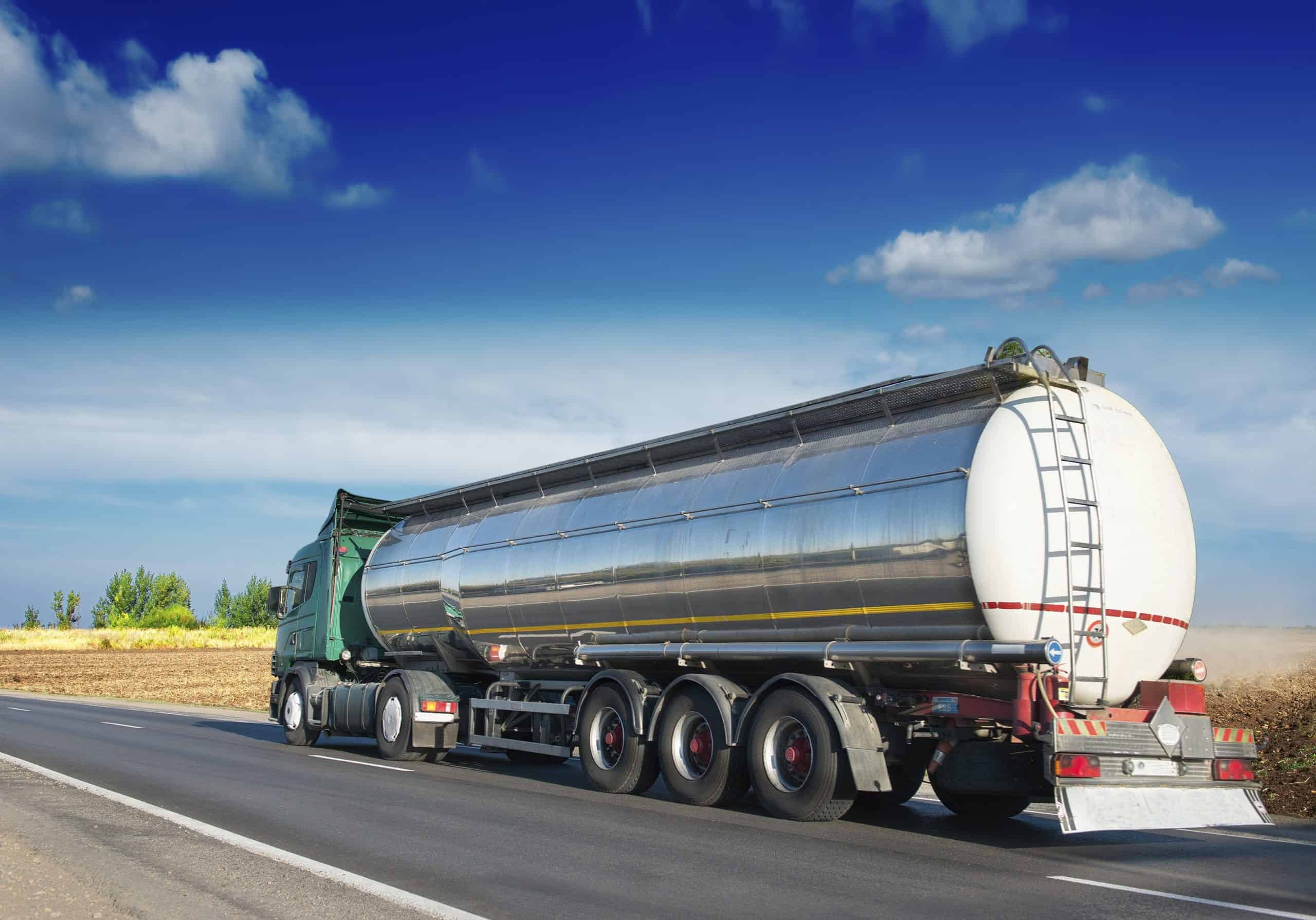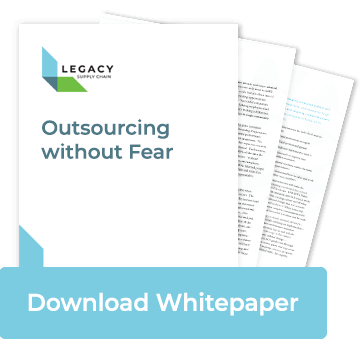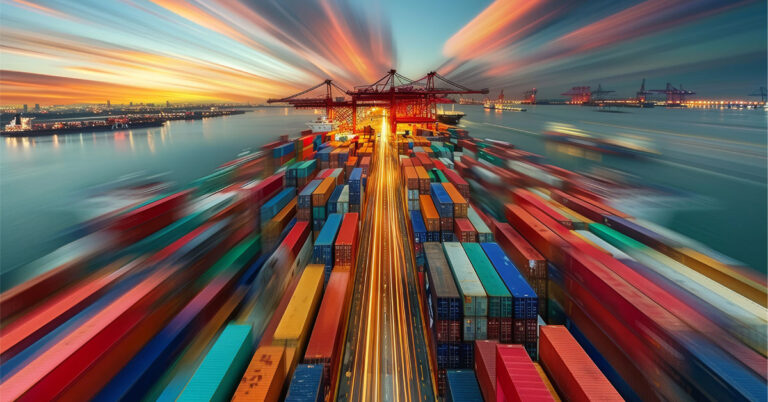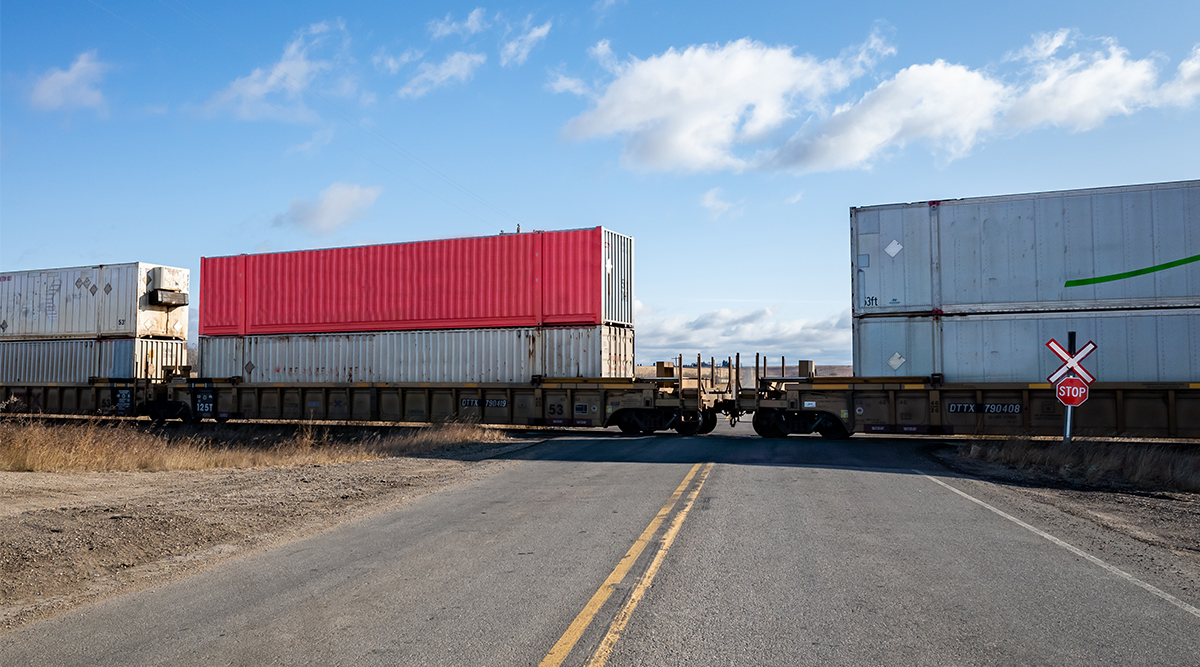UPDATE: The Logistics of Rising Fuel Prices
Rising fuel prices have the logistics industry buzzing about past trends and the reprioritization of transportation budgets. With diesel prices at their highest since the record setting summer of 2008, companies are reevaluating their logistics operations and looking to the experts for support in identifying and implementing supply chain improvements.
Here’s a look at some current industry trends:
According to the American Trucking Associations (ATA), the national fuel price average is currently $4.061, the highest price recorded since the peak of fuel costs in the summer of 2008 at $4.764 per gallon.
In an April 17, 2012 Logistics Management article, it was reported that diesel prices had recorded gains 12 out of 15 weeks since January 2, 2012. Over that time, the price of diesel rose $.344.
Even though diesel prices have come down since the recent spike, the logistics industry has forecasted their supply chain and transportation budgets to prepare for a steady increase in fuel prices, according to the April 2012 Logistics Management article.
The 2012 Trucking Trends report from the American Trucking Associations noted that almost 70% of the country’s freight is transported by trucks in the amount of 9.2 billion tons. This amounted to $603.9 billion in revenue in 2011.
Industry fuel costs amounted to $142.7 billion in the past year and are projected to exceed $155.9 billion in 2012 (estimated by $4.15 per gallon diesel price), according to an April 21, 2012 Talk Business article.
As a result of these increases, the industry anticipates a continued trend of regionalized distribution and transportation networks. This means that shippers will move away from more frequent long LTL runs, replacing them with full truckloads to distribution centers (DCs) that are closer to their client base. This strategy requires better forecasting, planning and supply chain visibility tools to make sure market demand is met. This strategy also brings with it an increase in fixed operating costs and increased inventory carrying costs required with additional regional DCs. The challenge of balancing these added costs against escalating transportation costs will be the determining factor in the success of this regional expansion. Companies may also look to capitalize on pooling shipments, becoming preferred customers to reduce current rates and fuel surcharges, and utilizing hub facilities such as freight consolidators (mixing centers) to decrease transportation costs and improve procedures. For more information, please read another related post titled the Logistics of Rising Fuel Prices.
It has become increasingly clear that companies that are able to manage rising fuel costs will stand above the rest in the coming years. Companies should consider the options discussed here and more when evaluating their transportation strategy for the remainder of 2012 and 2013. LEGACY recommends partnering with a third party logistics provider that can implement a logistics network configuration that will help you achieve a competitive advantage. An experienced 3PL will help your company understand logistical challenges, develop the proper logistics and supply chain solutions, and execute a winning strategy.
For more information, contact LEGACY Supply Chain Services at 800-361-5028 ext. 5 or visit our website at www.LEGACYscs.com.
-
Tariff Update: Where things are heading next
The buzz around tariffs has settled down over the last few weeks. Progress is being made in many areas, so the purpose of today’s post is...
+ Read more -
Successful 3PL-Customer Relationship – 6 Cornerstones
Hiring a third-party logistics (3PL) provider is a strategic approach for businesses to increase their capacity without expanding their...
+ Read more -
Canadian Rail Strike? – What We Know So Far
On May 1st, CN (Canadian National Railway) and CPKC (Canadian Pacific Kansas City) rail workers voted overwhelmingly to authorize a strike...
+ Read more





